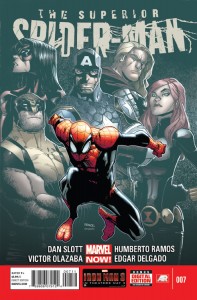 The Superior Spider-Man is not sustainable. It has never been sustainable. We have known this from the beginning.
The Superior Spider-Man is not sustainable. It has never been sustainable. We have known this from the beginning.
Let’s face it: The Superior Spider-Man only works for as long as you accept that there’s a megamaniacal supervillain who talks like Ming The Merciless on a coke bender and kills more people as Spider-Man than he did with his pre-body switch Death Satellites pretending to be Peter Parker… without anyone noticing. Including the readers. I have been able to suspend my disbelief on my that plot point for a while, but the entire time I have been reading this book, I have known in the back of my mind that if I called someone a “dolt” more than three times in a month, my friends would demand to know what was wrong… and if I used the term “pilfering parasite” more than once in, well, ever, my own parents would hold me at pitchfork-point until the DNA results came back clean.
The cracks in this whole Doc-Ock-As-Spider-Man conceit are already beginning to show. In the current Marvel crossover event Age of Ultron, which was written by Brian Michael Bendis months ago, Spider-Man is pretty clearly Peter Parker… which caused writer Dan Slott to have to produce last week’s The Superior Spider-Man #6AU (AU for “Age of Ultron”), which tried valiantly to shoehorn Ock’s version of Spider-Man into the event… even though only a reader who uses the cover of an issue of Age of Ultron to roll a fat one would believe that Otto Octavius has a wisecrack in him that doesn’t include the word “pusillanimous.”
Thankfully, Slott seems to know the limitations of the body-switching gag. Because just over three months into the whole deal, he is simultaneously showing Peter beginning to show a modicum of control over his Otto-infested body, and Spider-Man’s teammates on The Avengers are finally convinced that something isn’t right with the guy. And while all this is happening with what feels like a fairly contrived situation just to show the extent of Doc Ock’s newly-found moral relativism, it’s good to finally see the noose tightening on this whole gimmick.
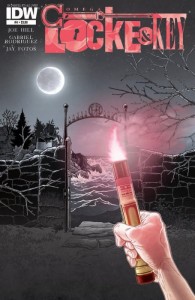
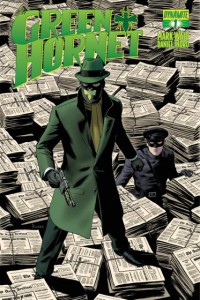
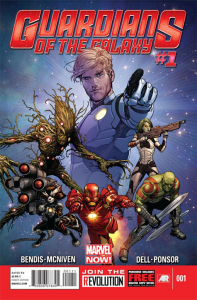
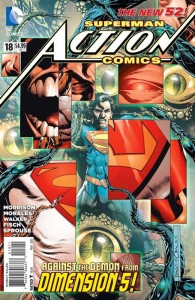
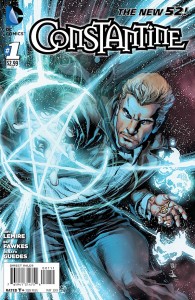
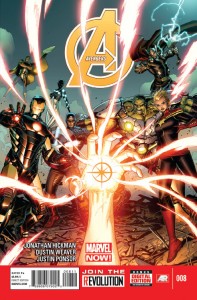
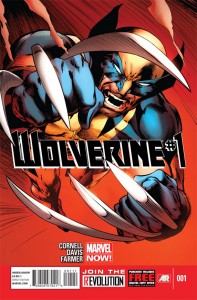
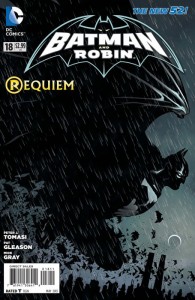
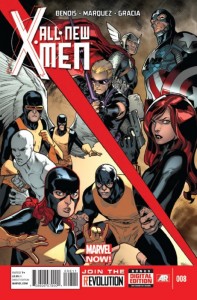
 Podcast RSS Feed
Podcast RSS Feed iTunes
iTunes Google Play
Google Play Stitcher
Stitcher TuneIn Radio
TuneIn Radio Android
Android Miro Media Player
Miro Media Player Comics Podcast Network
Comics Podcast Network